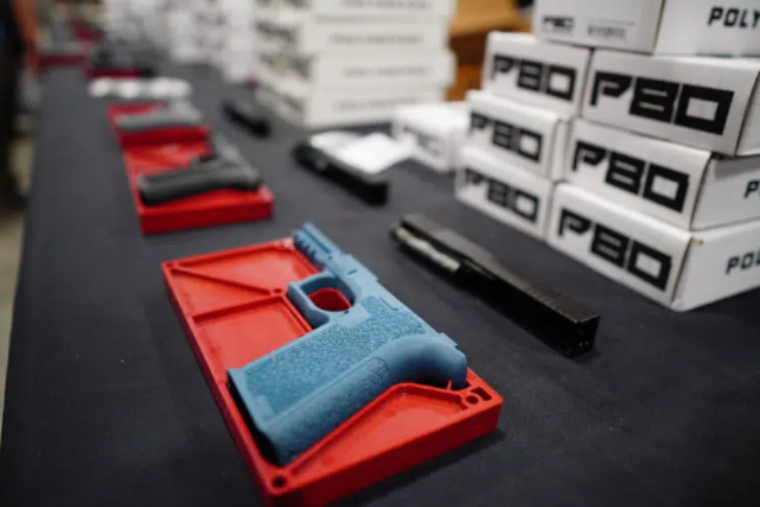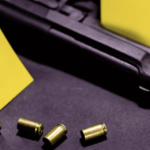“Here’s a blank pad, and here’s a pen, alright? Is this a grocery list?” Justice Samuel Alito asked Solicitor General Elizabeth Prelogar. “I put out on a counter some eggs, some chopped-up ham, some chopped-up pepper, and onions. Is that a western omelet?”
“Would your answer change if you ordered it from HelloFresh and you got a kit, and it was like turkey chili, but all of the ingredients are in the kit?” Justice Barrett said, following on Alito’s analogy.
The nation’s highest court considered the legality of one of the cornerstone policies of President Joe Biden’s gun-control agenda on Tuesday.
The Supreme Court heard oral arguments in the case Garland v. VanDerStok. The case centers on the legality of President Biden’s executive order requiring sellers of unfinished firearms parts kits to treat them as completed firearms by engraving them with serial numbers, obtaining federal gun maker licenses, and performing background checks on their sale. That order, which prompted a 2022 ATF rulemaking codifying its intent, relies on a more than 50-year-old statute that defines when a product is regulated firearm. The justices spent nearly 90 minutes going back and forth with attorneys on both sides of the dispute, probing where to draw the line between a collection of unfinished gun parts and a completed gun under the statute.
“Here’s a blank pad, and here’s a pen, alright? Is this a grocery list?” Justice Samuel Alito asked Solicitor General Elizabeth Prelogar. “I put out on a counter some eggs, some chopped-up ham, some chopped-up pepper, and onions. Is that a western omelet?”
By Jake Fogleman



